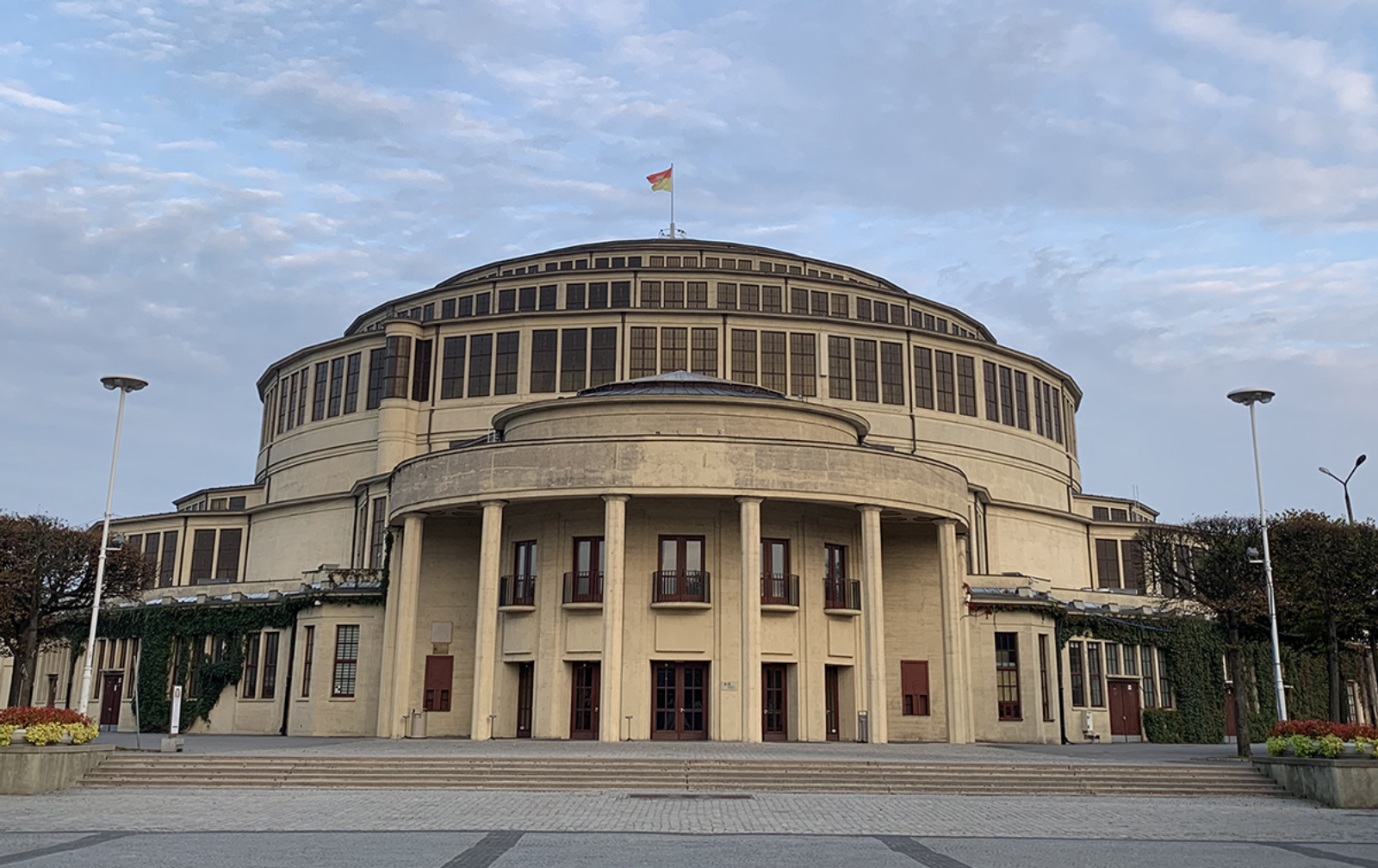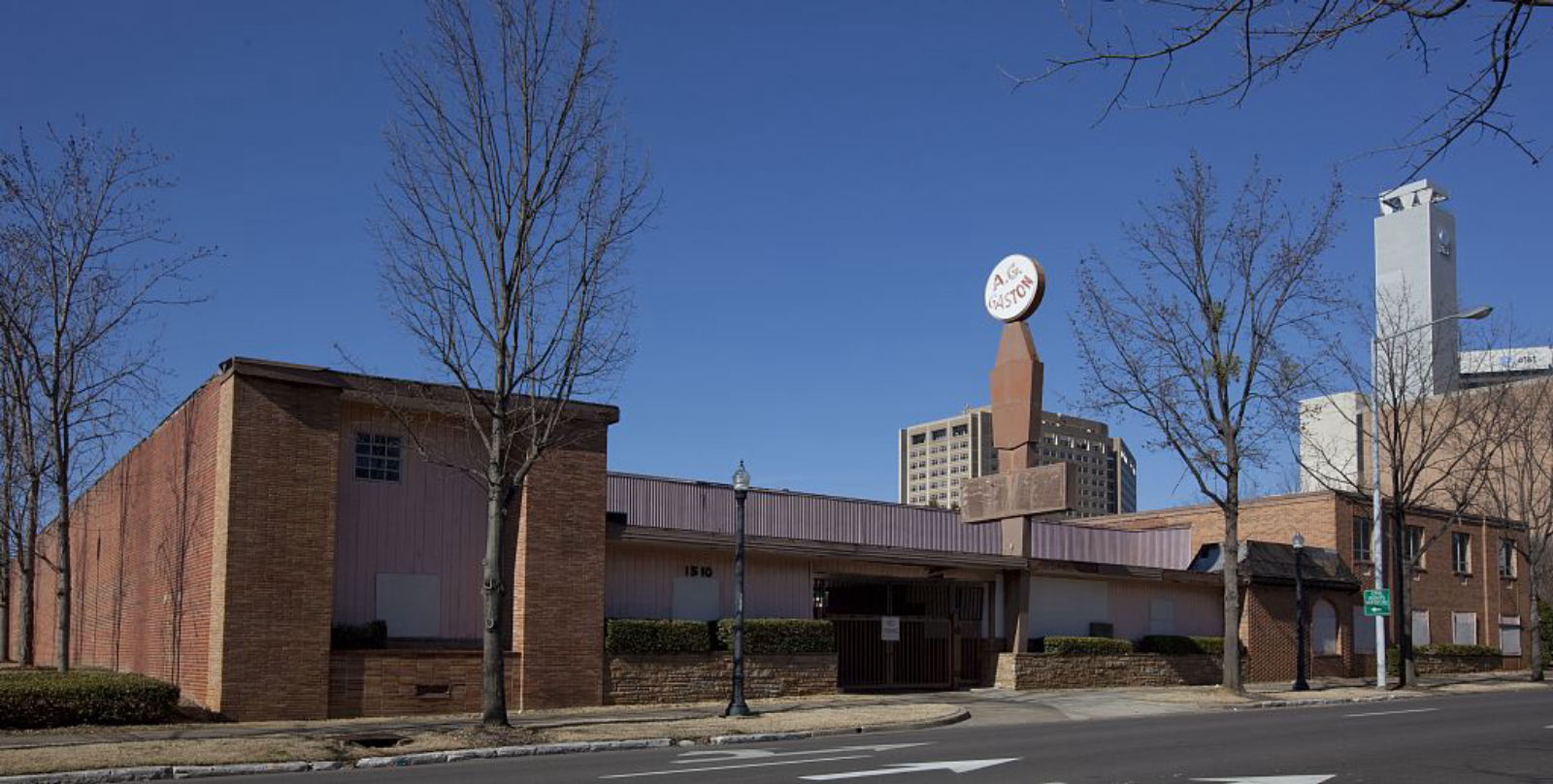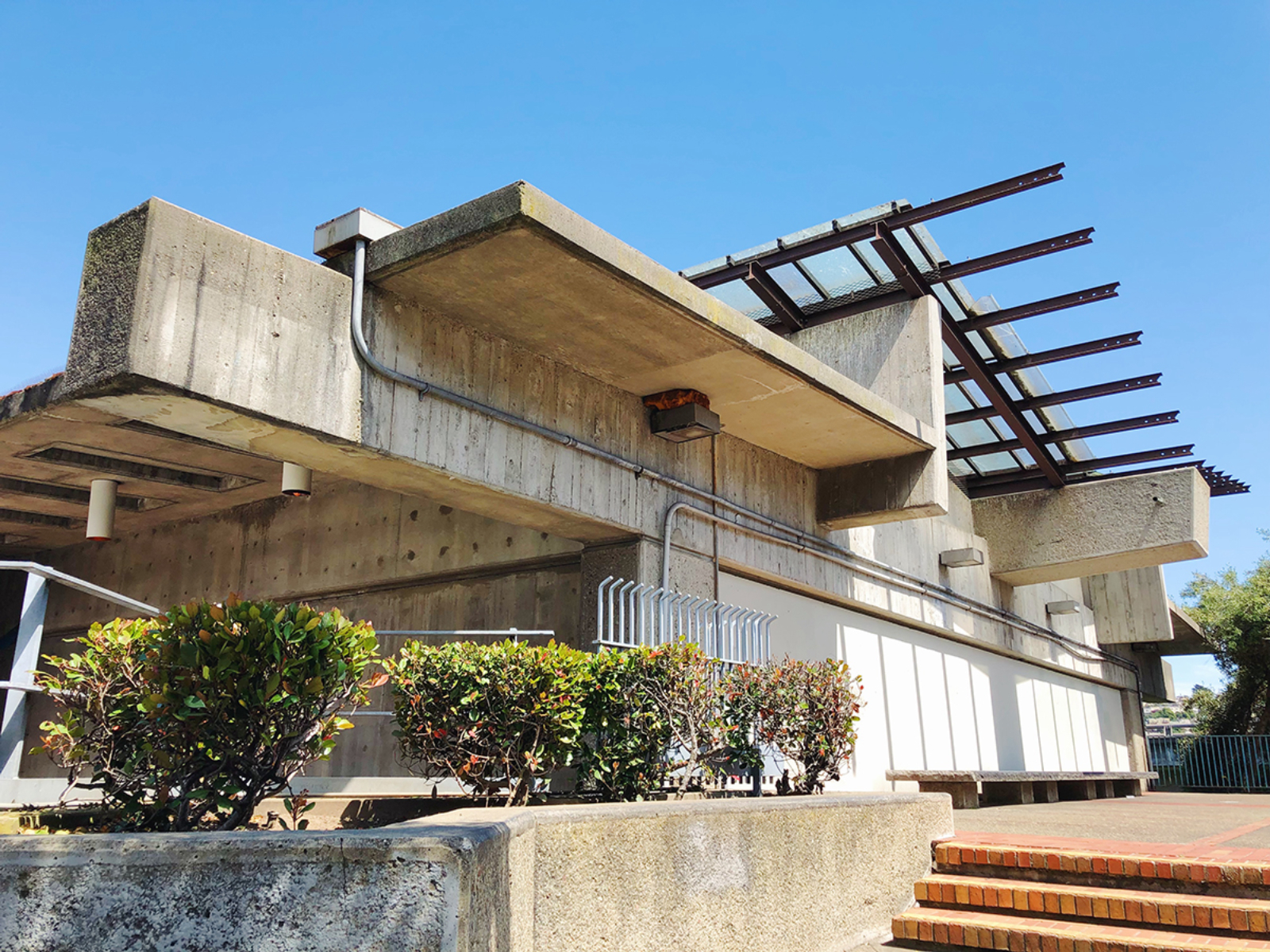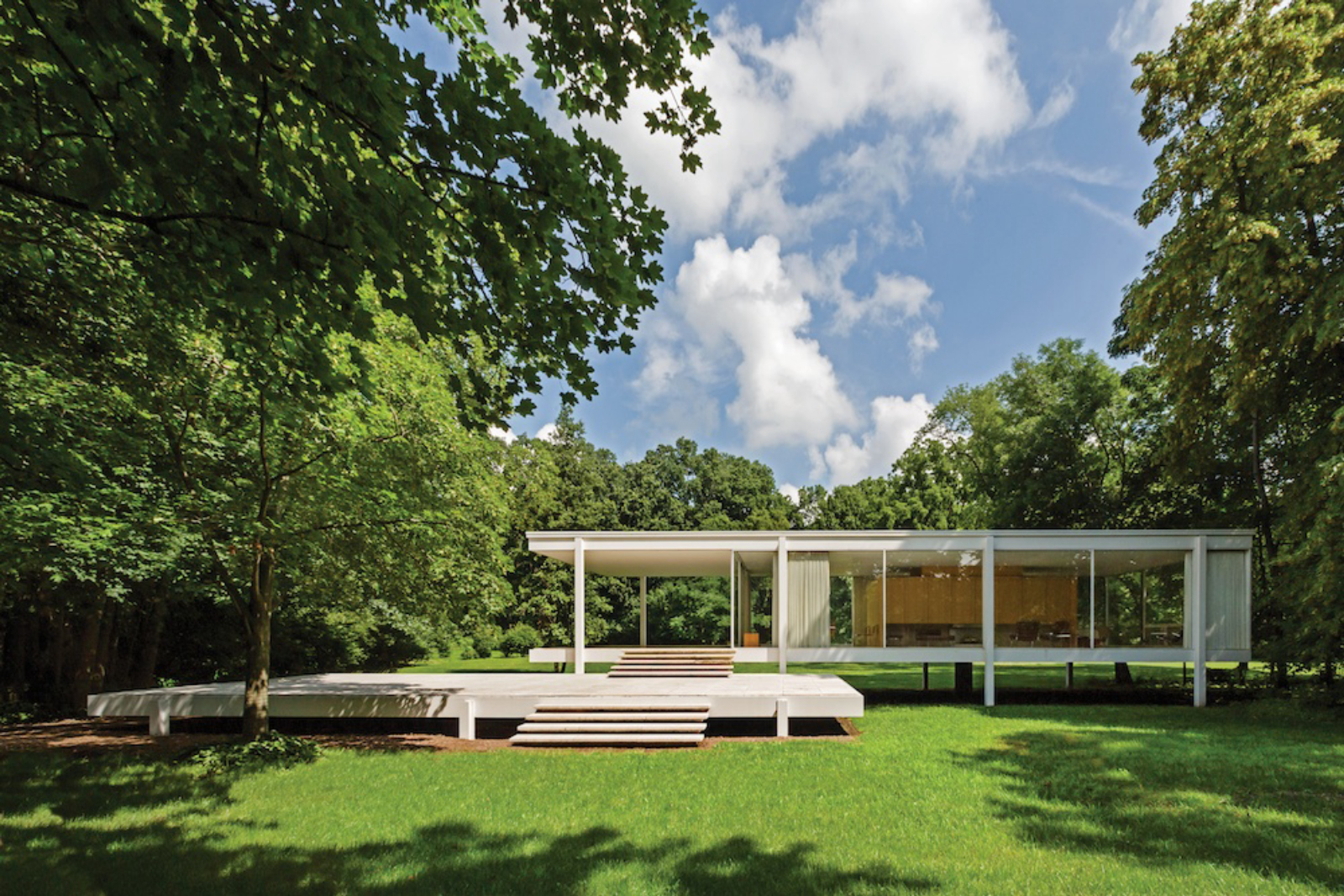Poetics of Materials and Infrastructure Sessions
Session 1
Moderator

Eric Keune
Eric has an unconventional stance on design: truly new ideas are tremendously rare. Hear him out—he’s not one to abandon innovation and creativity. Instead, Eric sees our shared past as a rich source of valuable lessons. It’s no surprise, then, that he’s an accomplished architectural historian, having authored Paffard Keatinge-Clay: Modern Architecture/Modern Masters and co-authored 100 Buildings Every Architect Should Know. Informed by this broad historical knowledge, Eric’s work exists at the intersection of design, architectural history, contemporary visual arts, and state-of-the-art building technology. And, despite dozens of design awards and international acclaim, his metrics for success are simple: impact people’s lives, improve the environment, and transform contemporary society—to the benefit of all.
Eric is the Design Director for the Boston studio of global architecture and design firm Perkins & Will. A self-proclaimed disciple and teacher of Modernism, he serves on the United States board of Docomomo, an international advocacy group focused on works of the Modern movement. Outside the studio, he’s a father, collector of antique modern furniture and miniature buildings, as well as a classic car enthusiast.
The InnovaConcrete Project: New Approaches to Conserving 20th C. Concrete Heritage
Concrete was perhaps the most widely used construction material of the 20 th Century. It was deployed as both a structural material and as a way to give architectural expression to buildings of all kinds. No matter what its form, concrete, when left exposed directly to the elements, is susceptible to significant deterioration that can have a detrimental effect on its aesthetic and structural integrity. The materials and methods used in concrete construction were often experimental and many buildings and structures have not performed well over time. Current conservation methods for concrete have many challenges in accomplishing repairs that do not negatively impact the aesthetic values of the heritage resource and are done in a manner that is cost effective and durable. There is also a need for improved public perception of this important heritage. While many significant concrete buildings are now being recognized worldwide for their heritage values, more needs to be done. These challenges are faced by heritage professionals all across the globe.

Gunny Harboe, FAIA, Fellow US/ICOMOS
Gunny Harboe, FAIA, Fellow US/ICOMOS, is an internationally recognized architect dedicated to the conservation of the world’s cultural heritage. With over 30 years of experience, Gunny currently runs his own small architecture firm in Chicago, with a focus on historic preservation and sustainable design. He has worked on many iconic modern masterpieces including numerous works by Mies van der Rohe, Frank Lloyd Wright and Louis Sullivan. Gunny was a founding member and is a current board member of Docomomo US and a founding member and immediate past President of the ICOMOS International Scientific Committee on 20th Century Heritage (ISC20C). He is also a past board member of the Frank Lloyd Wright Building Conservancy, a General Services Administration (GSA) Peer Professional, and a Fellow of the AIA and US/ICOMOS. He also teaches at the Illinois Institute of Technology as an Adjunct Professor. Gunny is NCARB certified and is licensed in six states and the District of Columbia. Gunny received his M.Arch from the Massachusetts Institute of Technology (including study in Copenhagen, Denmark); a M.Sc. in Historic Preservation from Columbia University in New York; and a B.A in History from Brown University. He also completed the ICCROM Architectural Conservation Course in Rome, Italy.
Heath Ceramics’ Architectural Tile: A Case Study of the Influence of the New Bauhaus on Design in America
The translation of Bauhaus pedagogy into American institutions in the 1930s greatly influenced the future of modernist design practice in the United States. László Moholy-Nagy’s leadership at the New Bauhaus and the Institute of Design dramatically affected the way young practitioners approached industrial design in Chicago, and had repercussions for the trajectory of design practice nationally. Edith Heath, founder of the Bay Area-based company Heath Ceramics, lived in Chicago in the 1930s and worked with Moholy-Nagy on the WPA Recreation Project. She was impacted by his expansive involvement in the city’s art, design, and architecture communities. Heath’s path from being an artist and advisee of Moholy-Nagy in Chicago to a designer of “Architectural Tile” in California can be used as a case study to explore the impact of the 1930s Chicago art, design, and architecture community on modernist design practice across the United States at mid-century.

Rosa Novak
Rosa Novak is a researcher at the Brian and Edith Heath Foundation. She received her BFA in Ceramics from the California College of the Arts and will be entering the PhD program in the History of Art at the University of Michigan this fall. Novak has given talks on Edith Heath’s design ideology and approach to ceramic materials at the National Council on Education for the Ceramic Arts and the Environmental Design Archives, UC Berkeley. She authored three chapters in the book Edith Heath: Philosophies, published in April 2021 by Information Office and Berkeley Design Books. Novak is a co-founder of Mutual Stores, an artist-run space in Oakland, CA.
"Sculpture on a Grand Scale": Jack Christiansen’s Thin Shell Modernism
John V. “Jack” Christiansen (1927-2017) was a prolific, American designer of thin shell concrete structures. Christiansen built largely within the United States in the latter half of the 20th century - making him distinct among the global pantheon of concrete shell designers. Through the use of innovative, reusable formwork systems, Christiansen proved the viability of shell construction in the Pacific Northwest and became a significant creative contributor to the mid-century modern architecture of the region. Born in Chicago, and educated at University of Illinois- Urbana-Champaign, and Northwestern University, Christiansen felt a deep connection between architecture and structural engineering. This integrated understanding allowed him to find architectural expression and unprecedented spans in his thin-shell structures. His work culminated in the design of the Seattle Kingdome – an essential part of Seattle’s professional sports culture and the largest concrete dome in the world in its time.

Tyler S. Sprague, P.E., Ph.D., LEED AP
Tyler S. Sprague is structural engineer and historian, in the Department of Architecture, with an adjunct appointment in Civil and Environmental Engineering, at the University of Washington, where he teaches courses in architectural & structural history and design. He earned engineering degrees from the University of California, Berkeley and the University of Washington, and worked professionally as a structural engineer, before completing his Ph.D. in architectural history in the College of Built Environments at the UW. His research investigates the intersection of architecture and structural engineering, through a variety of methods, throughout history. His book, Sculpture on a Grand Scale: The Thin Shell Modernism of Jack Christiansen, was published by the UW Press in 2019. The Seattle-based engineer Jack Christiansen was an under-recognized contributor to the global thin shell concrete community, as the designer of the largest thin shell concrete dome in the world, the Seattle Kingdome (1976). His work on early concrete-frame skyscrapers in the Pacific Northwest was awarded the 2016 Charles Gates Award by the Washington State Historical Society for "best article of the year" in Pacific Northwest Quarterly. He currently serves on the board of the Construction History Society of America, and as president Docomomo US/WeWa (Western Washington).




